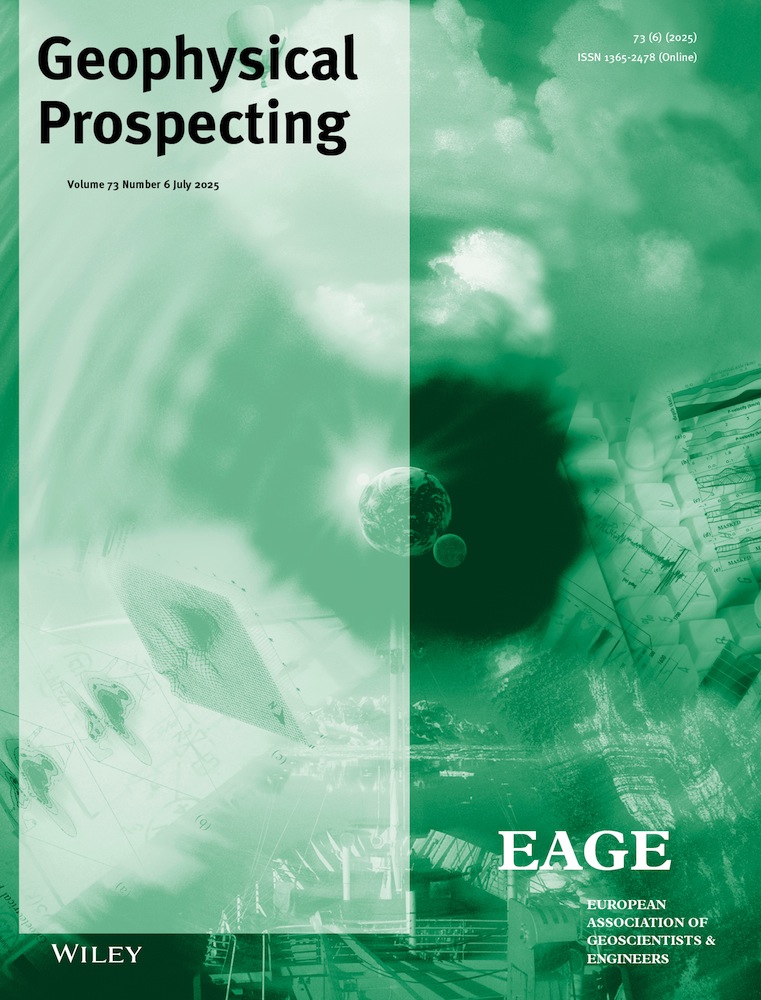On the Normal Compliance of Individual Fractures: Comparing Wave-Propagation and Local Displacement-Jump Estimations on Rock Cores
ABSTRACT
Fractures are omnipresent features in the shallower regions of the Earth's crust. In the context of rock physics, fracture characterization techniques rely largely on the determination of normal fracture compliances. Despite being thoroughly investigated through wave propagation experiments, this parameter is seldom estimated locally. In this work, we measure and compare local displacement-jump- and transmission-related fracture compliances using forced oscillations and ultrasonic propagation techniques, respectively. The experiments are carried out on an aluminium standard and on four different sandstone samples that contain a single planar fracture, considering a range of axial stresses. The results show that, for most rocks, both transmission-related and locally measured dry normal compliances are of the same order and also present similar tendencies with axial loads. However, transmission methods predict larger dry normal fracture compliances than those retrieved from local strain estimations. The results of this study may help to assess the validity of linear slip theory, which is widely used in fracture characterization efforts in the specific literature.
Open Research
Data Availability Statement
The data that support the findings of this study are openly available in “ZENODO” at http://doi.org/10.5281/zenodo.15085211 , reference number 15085211.




